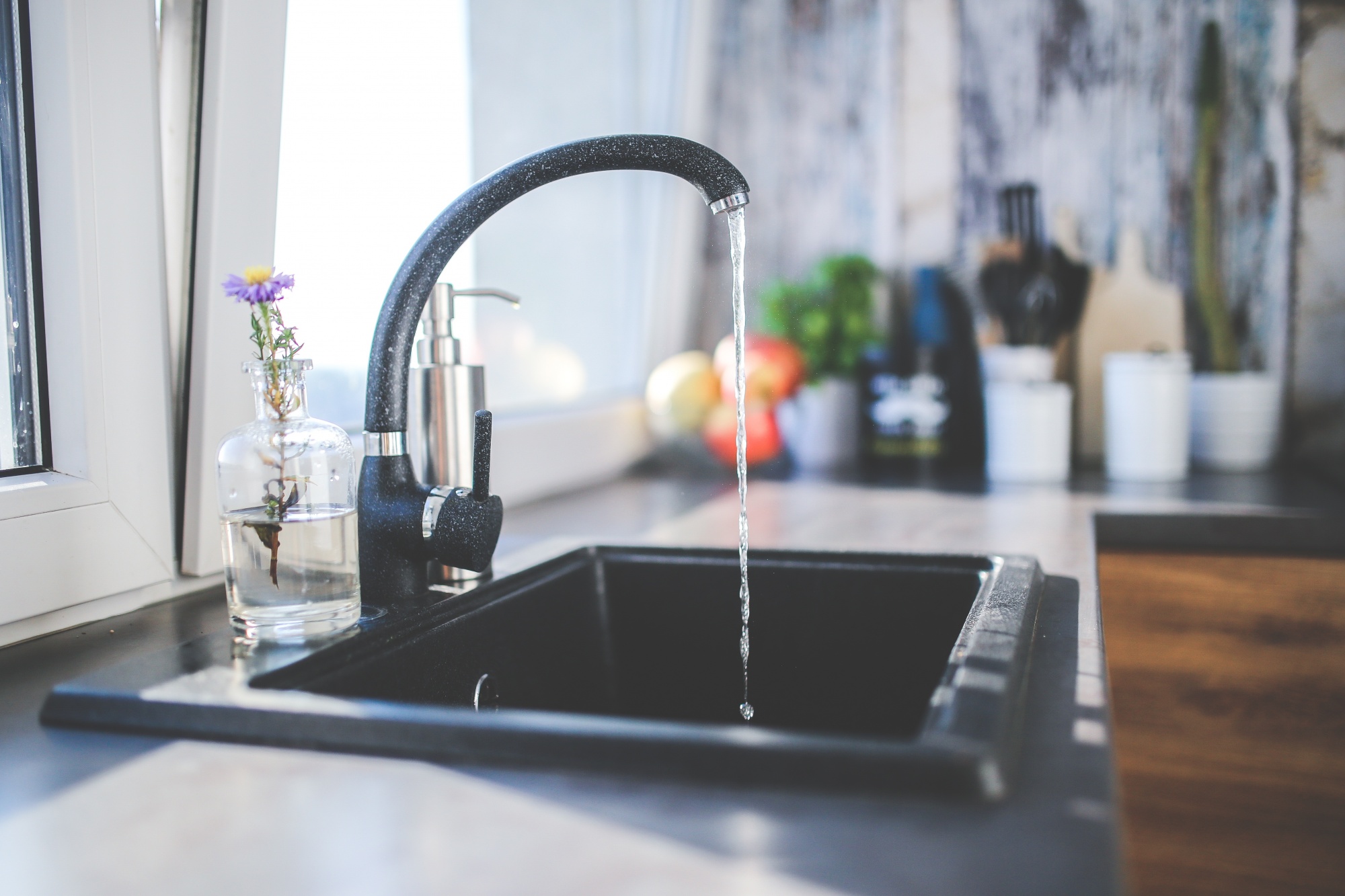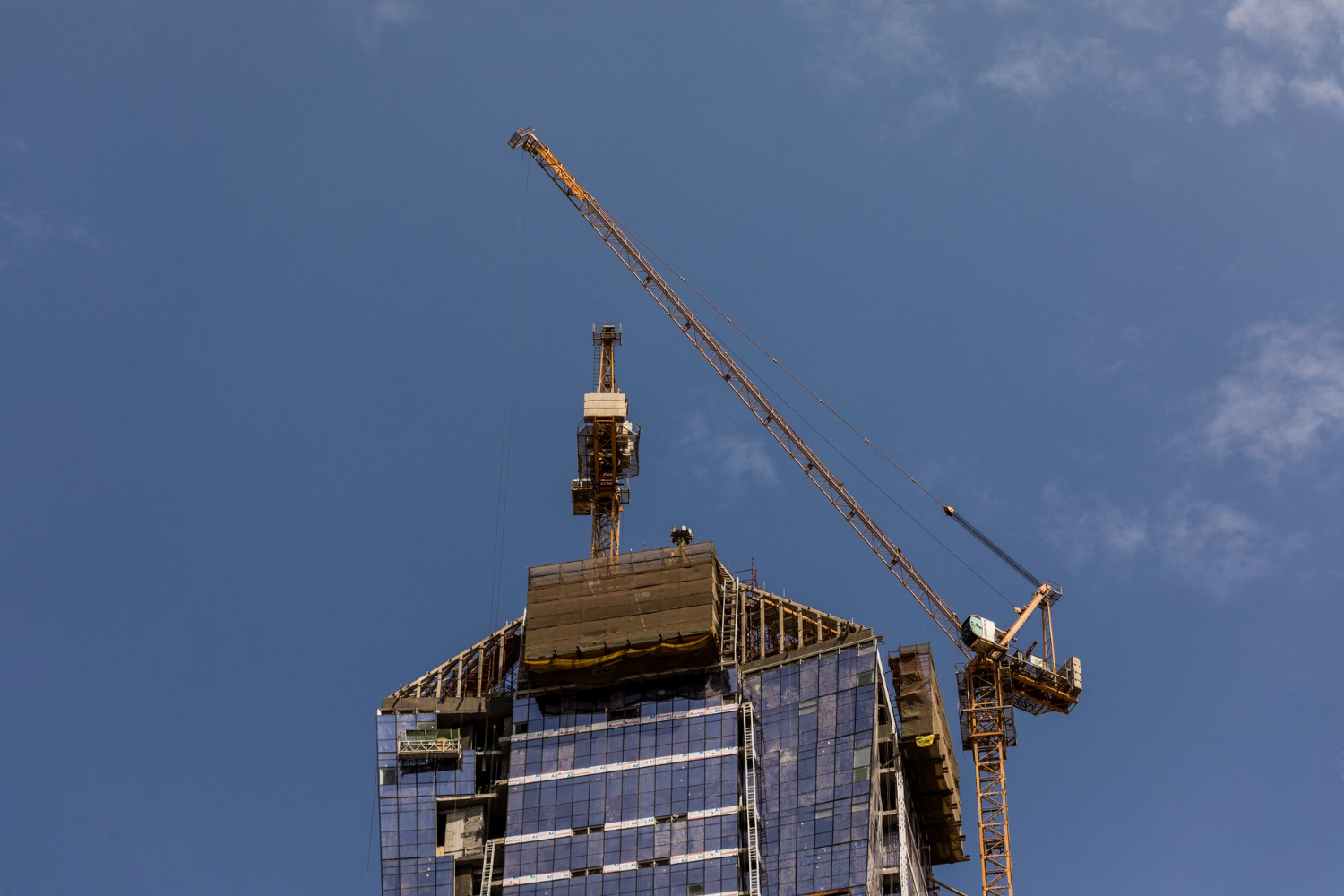

In the towering skyline of modern cities, high-rise buildings are not just marvels of architecture but also complex systems requiring meticulous planning and maintenance.
Among the myriad of challenges they present, effective water drainage stands out as a critical aspect. This is not merely a matter of convenience but one of hygiene and environmental responsibility.
Below, we delve into the intricacies of ensuring effective foul water drainage in these urban giants.
Understanding Water Drainage
Before we leap into the solutions, let’s clarify what foul water drainage is.
In essence, it refers to the system that removes sewage and greywater (from sinks, baths, and other domestic sources) from a building.
This is a formidable task in high-rises due to the sheer volume of water and waste, coupled with the challenges posed by gravity and building design.
The Height of the Challenge
The verticality of high-rise buildings introduces a unique set of challenges. As water travels downwards, it gains speed and pressure. This can lead to pipe bursts or leakages if not managed properly.
Adequate venting is crucial to prevent the build-up of dangerous gases and to ensure a consistent flow of water. The complexity and scale of high-rise drainage systems necessitate easy access for regular maintenance and emergency repairs.
Innovative Solutions for Modern Problems
To address these challenges, several innovative solutions have been developed, such as utilising separate pipes for soil and waste water reduces the risk of clogs and simplifies maintenance. These can be installed at various levels to control the speed and pressure of water flow, preventing damage to the pipes.
Implementing a stringent schedule for inspection and maintenance of pipes, valves, and pumps ensures the early detection and rectification of potential issues.
Sustainable Practices in Foul Water Management
Sustainability in water management is not just an environmental responsibility but also a practical necessity in high-rise buildings. Greywater recycling for non-potable uses like flushing toilets or irrigation can significantly reduce water wastage.
Advanced sensor technology can detect leaks, pressure changes, and potential blockages, allowing for prompt responses and reduced water loss.
The Role of Regulations and Best Practices
Regulatory frameworks play a pivotal role in ensuring the proper management of foul water drainage. Compliance with local building codes and environmental regulations is a must.
Additionally, adhering to industry best practices and staying abreast of the latest technological advancements ensures not just compliance but excellence in building management.
Wrapping Up
Ensuring effective foul water drainage in high-rise buildings is a multifaceted challenge requiring innovative engineering solutions, sustainable practices, and stringent regulatory compliance.
As we continue to reach for the skies in urban development, it’s imperative that we also delve deeper into the intricacies of building management, prioritising not just the functionality and aesthetics of these structures but also their environmental footprint and sustainability.
Reach out to the Balance Mechanical team today to see how we could help you.




